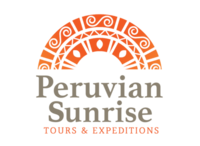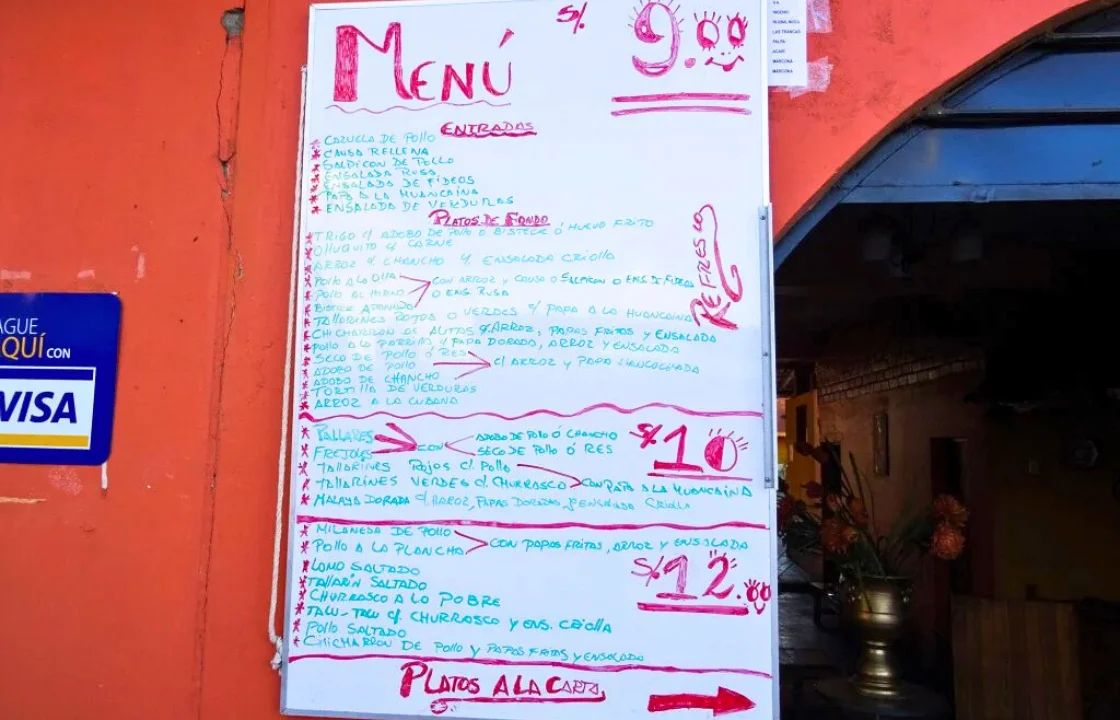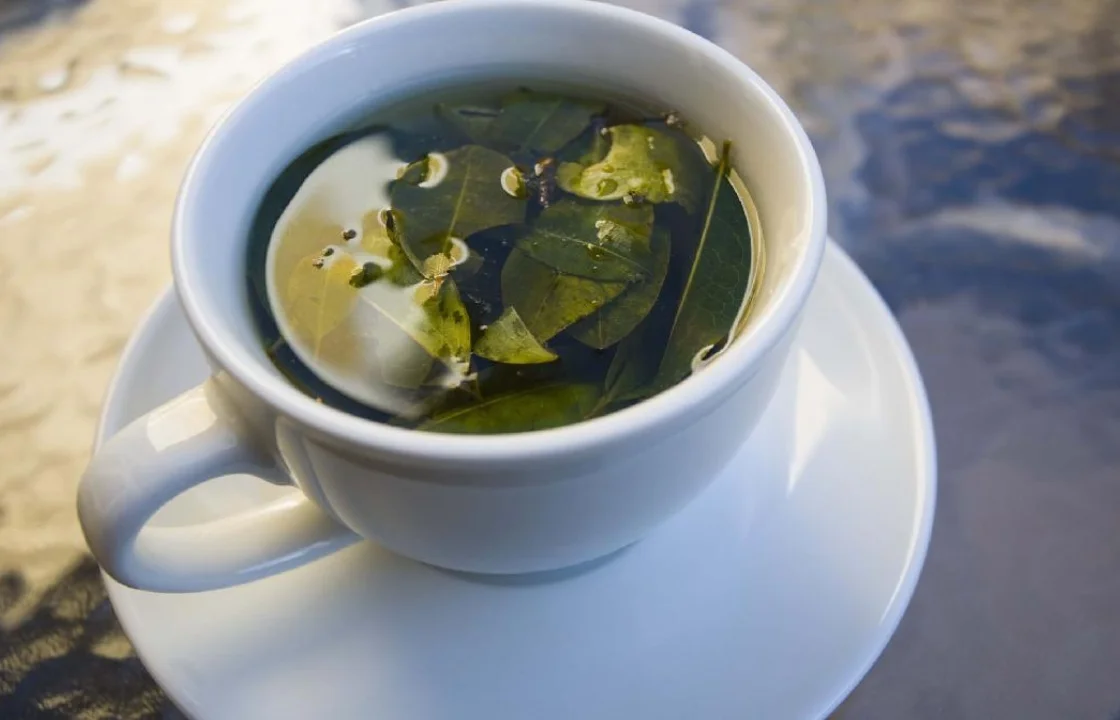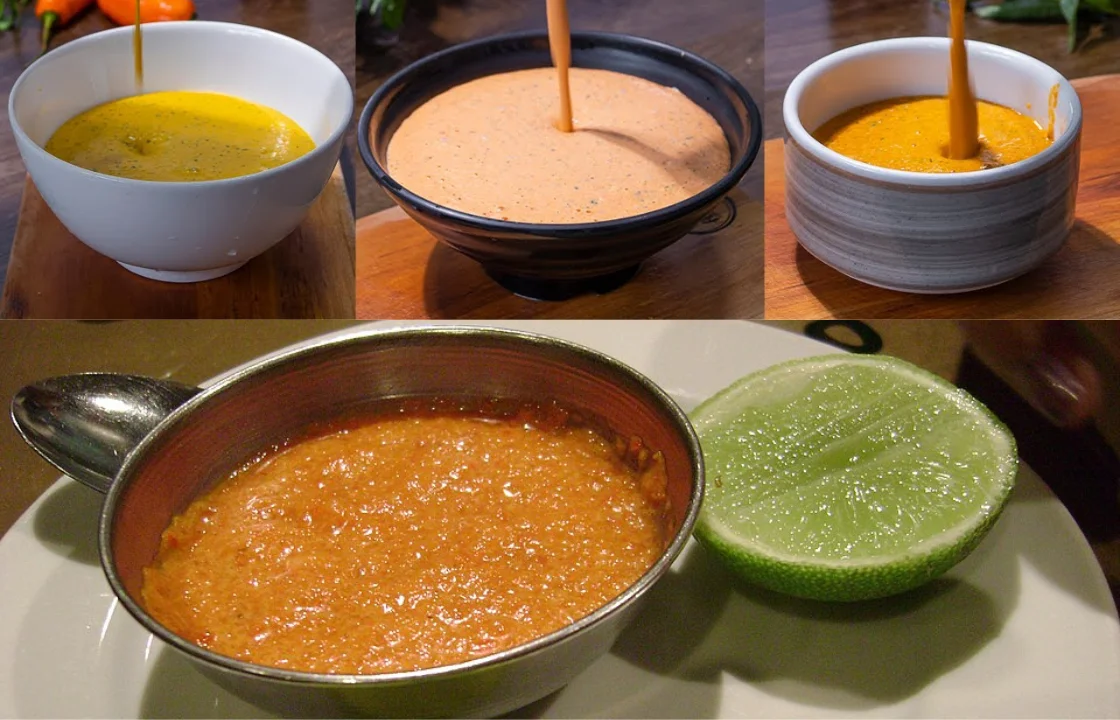Hello, dear reader! These aren't the usual travel tips. They're the ones locals actually use.
Most travelers read about Machu Picchu, peruvian food, llamas, and ceviche. But when you actually land in Peru, it's the small, unexpected things that trip you up: bathrooms, taxis, menus, safety. These 20 tips will help you travel smoother, smarter, and more like a local.
1. Always carry tissues and don't flush toilet paper
Public bathrooms — especially in markets, gas stations, or remote areas — often don't have toilet paper, soap, or even toilet seats. Always carry a small pack of tissues and hand sanitizer. And remember: don't flush the paper. The plumbing system isn’t built for it. Instead, toss it into the small bin next to the toilet. Yes, even in cities.
2. Keep your phone and valuables out of sight
Petty theft happens fast in Peru, especially in busy streets, combis (local buses), and tourist areas. Avoid walking with your phone in hand or using it near the edge of the sidewalk. Hold your bag or backpack in front of you on public transport and always stay aware of your surroundings. Thieves are quick and discreet — you won't even notice it happened.
3. Use taxi apps when possible and never get in without double checking
Peruvian taxis don't use meters. If you take one from the street, you must agree on the price first — and yes, you can negotiate. That said, it’s much safer and easier to use apps like Uber, Cabify (especially in big cities like Lima) or InDrive (specially in Cusco). You’ll see the fare upfront and avoid overpaying or being scammed. Just make sure to compare prices between apps — they can vary a lot depending on time and location. We also recommend a lot checking the license plate, the rating and comparing the driver with the picture in the app.
4. Break large bills early and always carry small change
Many small shops, street vendors, and taxis won’t have change for S/100 or S/200 notes — or they’ll pretend not to. Supermarkets, gas stations, and banks are the best places to break large bills. Try to carry S/10 and S/20 notes, and coins for public restrooms, tips, or quick snacks.
Learn everything about Money in Peru
5. Tourists often get overcharged: compare, negotiate or shop smart
In many informal markets or souvenir stalls, prices aren’t fixed — and foreigners are often quoted double or more. If you feel comfortable, negotiate politely. If not, shop at supermarkets or retail stores where prices are fair, labeled, and you can use your credit card. You’ll often find the exact same snacks, souvenirs or goods cheaper — and without the stress.
6. Choose restaurants full of locals and skip the empty ones
In Peru, an empty restaurant during lunchtime is usually a red flag. Locals know where the food is good — and that’s where you’ll see crowds. Whether it’s a cevichería, a market stand, or a family-run eatery, follow the crowd. It’s the best sign of quality and freshness.
Learn more about Traditional Peruvian Food Here!
7. Try the “menú del día”: a full meal for under $4
At lunch (from 12–3 pm), many local restaurants offer a “menú del día”: a fixed-price meal that includes soup, a main dish (like lomo saltado, arroz con pollo, or estofado), and sometimes a drink or dessert — all for around S/10–15 (~$3–4). It’s delicious, filling, and the most budget-friendly way to eat like a local
8. Ceviche is a lunchtime dish, avoid it after 4 p.m.
Ceviche is Peru’s most iconic dish, but locals only eat it fresh, which means lunchtime. If a place is serving ceviche after 4 p.m., it probably isn’t using fresh fish... and you might regret it later. Eat ceviche early and only at restaurants that specialize in it.
Late Night Eats: What to Eat After Dark in Lima
9. Drink coca tea for altitude, but not too much
Coca tea helps reduce symptoms of altitude sickness like dizziness and headaches, especially in high-altitude destinations like Cusco, Puno, or Huaraz. But too much coca can make you feel anxious, overstimulated, or disrupt your sleep. Limit yourself to 2–3 cups per day. Also: don’t bring coca leaves home — they’re illegal in many countries.
10. Altitude sickness is real and rest is your best medicine
If you’re arriving from sea level to a high-altitude city, take it easy the first 24–48 hours. Drink lots of water, avoid alcohol, eat light, and rest if you feel tired or out of breath. Some people need medication, but for many, patience and hydration are enough. Don’t push yourself to hike or explore too hard too fast — respect the mountain.
11. Don’t drink tap water even in big cities
Tap water in Peru isn’t safe for drinking. Always use bottled or filtered water — even for brushing your teeth. In restaurants, ice is usually filtered in higher-end places, but double-check in local joints or markets just in case.
12. Markets are vibrant, chaotic and full of charm
Peruvian markets are where daily life happens. Expect loud vendors, strong smells, and lots of movement. Bring coins and small bills. Don’t be shy about asking prices or negotiating. And if you buy several things, the vendor might give you something extra — that’s called yapa, a sweet local custom. This can happen with juice at local markets like Mercado San Pedro and even with fruits!
13. Lines don’t always work the way you expect
In informal settings — markets, food stalls, or counters — people don’t always line up. Instead, they crowd around and call out their order. If you wait quietly, you might never get served. Be polite but assertive — a confident “disculpa, estoy esperando” can help.
14. Street food is delicious, but choose carefully
Peru has amazing street food: anticuchos, picarones, papa rellena, and more. Just make sure to pick stands that look clean, are busy, and serve hot, freshly cooked food. Avoid raw ingredients or anything that’s been sitting out uncovered. If locals are lining up, that’s your sign.
*Fun Fact: What’s a “Tía Veneno” in Peru?
In Peru, “tía veneno” (literally “auntie poison”) is a cheeky slang term used to describe a street food vendor — usually an older woman — selling super cheap food of questionable origin or hygiene.
The name jokingly suggests that the food might not be entirely safe, but it’s so affordable that people still line up to eat there. It’s used humorously or ironically, especially when the food is tasty but you’re not quite sure what’s in it or how it was prepared.
While you might hear someone say, “Let’s eat at the tía veneno,” it doesn’t always mean the food is bad — just that it’s a gamble… with flavor and risk included. Please, try to avoid these places to have a smooth trip.
15. Ask for ají: the hidden flavor bomb
Ají (chili sauce) is usually homemade in Peru and not always visible on the table. Ask: “¿Tienes ají?” — and be warned, it can be spicy! But it adds amazing flavor and is often the key to taking a dish from good to great.
16. Schedules are flexible — take your time
Peru runs on its own clock. A 10:00 am tour might start at 10:30. A bus might leave 10 minutes early — or late. Locals don’t always see time as strict. Try to go with the flow and build buffer time into your plans. You’ll enjoy the trip more if you let go of exact punctuality.
17. Don’t assume taxi drivers take the best route
Sometimes, street taxis take longer routes to increase the fare — especially with tourists. Use Google Maps to follow your route or compare with what apps like Uber would charge. And don’t hesitate to ask a local or your hotel what a fair price should be for your route.
18. Keep a copy of your passport, not the original
You don’t need to carry your physical passport unless you’re taking a flight, train, or checking into a hotel. A printed or digital copy is fine in most cases and reduces the risk of loss or theft. Leave the original locked up in your accommodation.
19. Speak a few basic Spanish phrases it matters
Even just “hola”, “gracias”, “buenos días”, and “¿cuánto cuesta?” can make a huge difference. Peruvians are warm and helpful — and even a small effort to speak the language shows respect and openness. Locals will often respond with extra patience and kindness.
20. Ask locals they’re often your best travel guide
Need directions? A good place to eat? A safe route? Ask a local — whether it’s your hotel host, a shopkeeper, or a waiter. Most Peruvians are proud of their culture and happy to help. Just smile, be polite, and you'll often get better advice than any app could give you.
Ready to travel Peru like a local?
At Peruvian Sunrise, we help you go beyond the obvious with personalized tours, real cultural insight and the safety and warmth that only locals can provide.
Contact us to start planning your trip!



